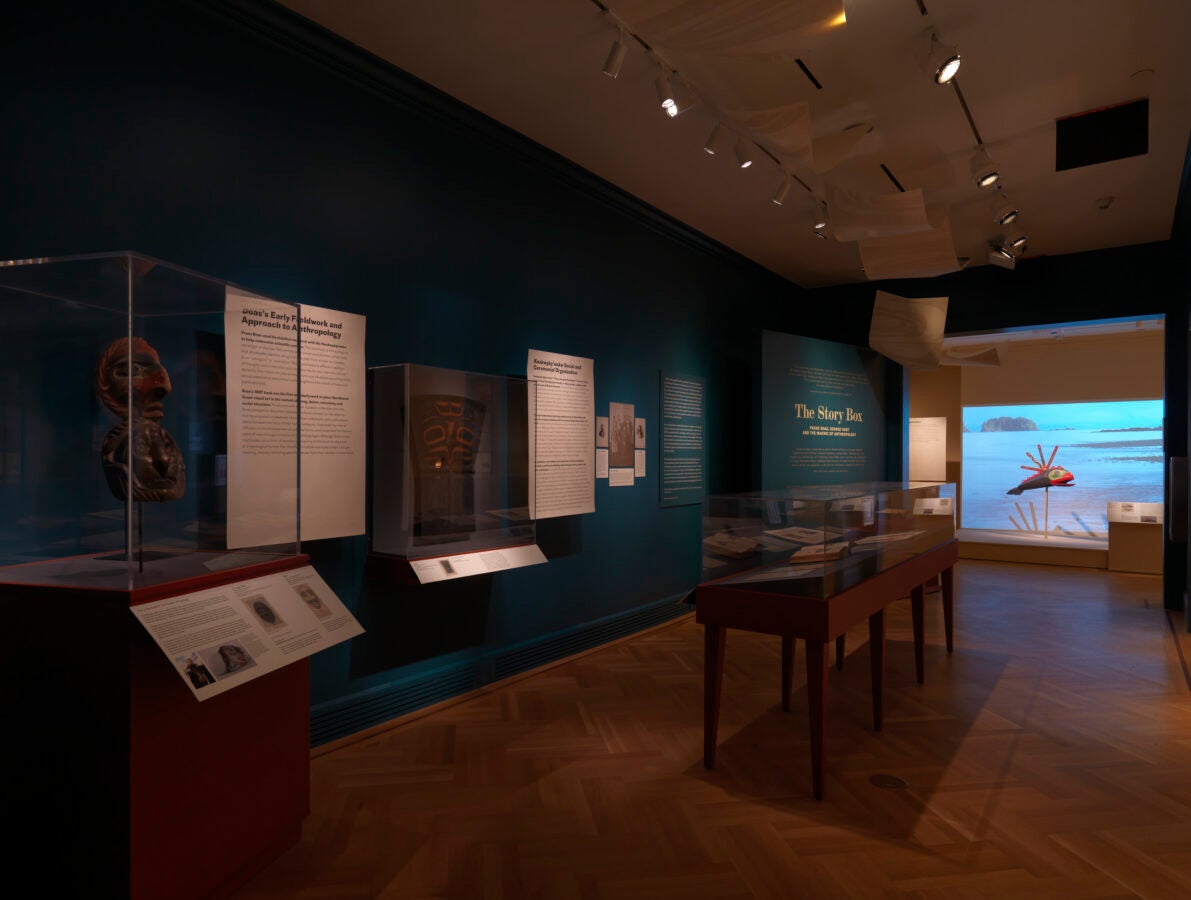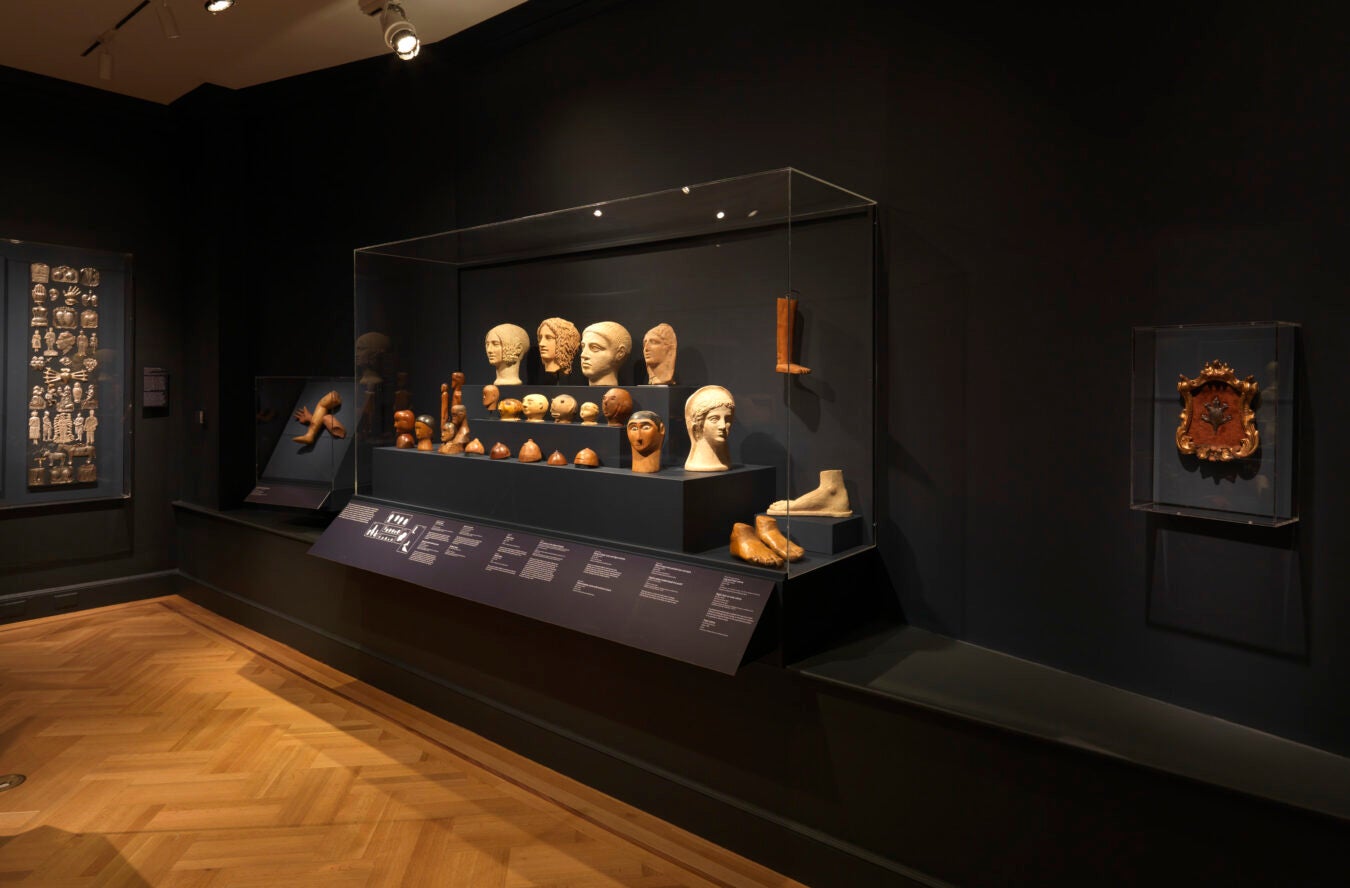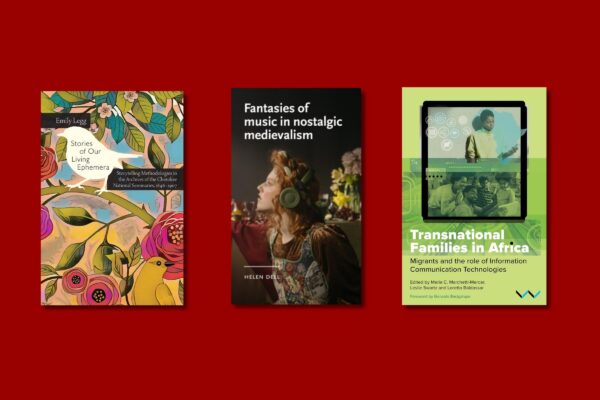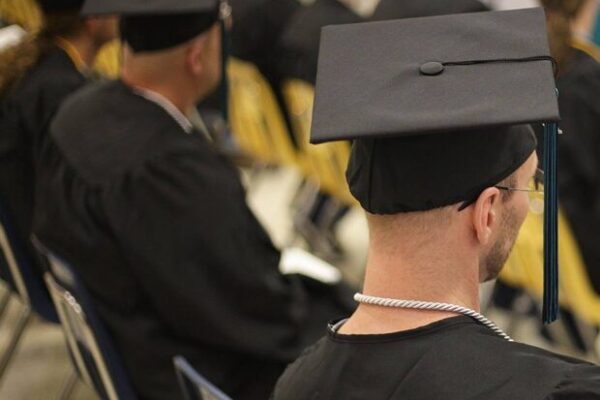More than 800 new Bard Graduate Center installation photographs are now available on JSTOR, documenting ten years of exhibitions on the decorative arts, design history, and material culture. Held between 2015 and 2024, the twenty-four exhibitions illustrate an approach to studying objects that the New York institution has cultivated since its founding in 1993. The new images join more than 2,000 exhibition views previously accessible on Artstor and now integrated with JSTOR’s journals, books, and other primary sources—all on one platform.
A decade of decorative arts, design, and material culture
This addition features a broad range of subjects, locations, and time periods. The exhibition French Fashion, Women, and the First World War, for example, explored the dynamic relationship between fashion, war, and gender politics during a time of global conflict and social upheaval. Shaped by the Loom: Weaving Worlds in the American Southwest paired historic weavings and techniques with contemporary Navajo (Diné) textiles. Artek and the Aaltos: Creating a Modern World, the first exhibition in the United States to examine the groundbreaking Finnish design company and its co-founders, Alvar Aalto and Aino Marsio-Aalto, opened an archive of Modernist design and architecture. And Majolica Mania: Transatlantic Pottery in England and the United States, 1850–1915 took a comprehensive look at an underrecognized subject of scholarship in the decorative arts.
Because Bard Graduate Center is a research institute rather than a museum, its exhibitions draw from gatherings of objects that complement its academic programs, not from a permanent collection. This study of material things to understand cultural history is reflected in its gallery and in other venues of scholarly output, such as the journal West 86th, its predecessor Studies in the Decorative Arts, and related academic book publications, all of which are available on JSTOR.
Partnering for impact: Institutional collaboration

Institutional collaboration is an evident theme found in the images. One such partnership, The Story Box: Franz Boas, George Hunt and the Making of Anthropology (pictured above), was organized in 2019 between Bard Graduate Center and the U’mista Cultural Centre of Alert Bay, British Columbia, whose mission is the preservation of Kwakwa̱ka̱’wakw cultural heritage. The Story Box considered the complex legacies and histories of the influential work of anthropologist Franz Boas and his Indigenous research partner and co-author George Hunt. In the gallery, visitors found archival drawings and manuscripts by Boas and Hunt, as well as ceremonial regalia that included a rare Kwakwa̱ka̱’wakw dancing mask. The exhibition was designed and featured contemporary artwork by Corrine Hunt, great-granddaughter of George Hunt. With professor Aaron Glass as curator, The Story Box was one of Bard Graduate Center’s Focus Exhibitions—a series of shows curated by faculty with graduate students that emerge from collaborative research and teaching. Focus Exhibitions are developed through seminars and workshops, with students involved in each stage of the curatorial process.
Research and the study of human history through material culture

Organized by professor Ittai Weinryb, Agents of Faith: Votive Objects in Time and Place examined material artifacts made with the intention of being offered as acts of faith, often to fulfill a vow or as a pledge, and placed at a sacred or communal space. Objects dating from 2,000 BCE to the twenty-first century illustrated the global nature of votive practices. In one section, hundreds of anatomical votives from the Bavarian National Museum in Munich were displayed, representing traditional European folklore. More contemporary pieces included Yoko Ono’s Wish Tree installation, paintings made by Mexican migrant workers, and a Harley-Davidson motorcycle left at the Vietnam Veterans Memorial in Washington, DC.
Two tenets of Bard Graduate Center exhibitions—research and the study of human history through its material objects—are exemplified by Agents of Faith. Researchers and educators can now view the exhibition’s visual record online, on the same platform where they can discover the 2016 written volume Ex Voto: Votive Giving Across Cultures and professor Weinryb’s review of a publication about votives in the medieval art journal Gesta.
Bridging past and present: Future outlook and continuing legacy

The image above shows the 2022 exhibition Conserving Active Matter, which sought to connect the perspectives of conservation with the human sciences. Part of a multi-year initiative supported by the Mellon Foundation, the exhibition looked at different philosophies and traditions of conservation, as well as the variety of ways that objects change over time, whether by natural causes or human intervention. Its contents spanned the globe and ranged from the paleolithic (a carved stone hand axe) to the present (works by Felix Gonzalez-Torres and Neri Oxman). One section highlighted the “inherent vice” of early plastic toiletry items made with the volatile material cellulose nitrate. Another featured Paikea—a living Māori ancestor in the form of a wooden carving from the American Museum of Natural History—and examined the steps museums have taken towards responsive custodianship and Indigenous reconnection with genealogically “active” objects.
Conserving Active Matter was the culmination of the decade-long “Cultures of Conservation” initiative. The spirit and impact of this wide-ranging project are discoverable among a depth of scholarship on JSTOR. Along with the exhibition’s installation views, users can find its companion volume, a recent journal article by project fellow Jessica Walthew, and professor Jennifer L. Mass’s art conservation and archaeology handbook Handheld XRF for Art and Archaeology.
With images and related scholarship now available together on JSTOR, educators, researchers, and students can explore not only the Bard Graduate Center exhibitions themselves but also the academic context that complements them, creating a richer, more comprehensive understanding of material culture — all within one platform. By uniting these resources on JSTOR, we’re excited to empower future scholarship across disciplines to explore and better understand the cultural history of the material world.



